Rating: 5/5 (1 votes)
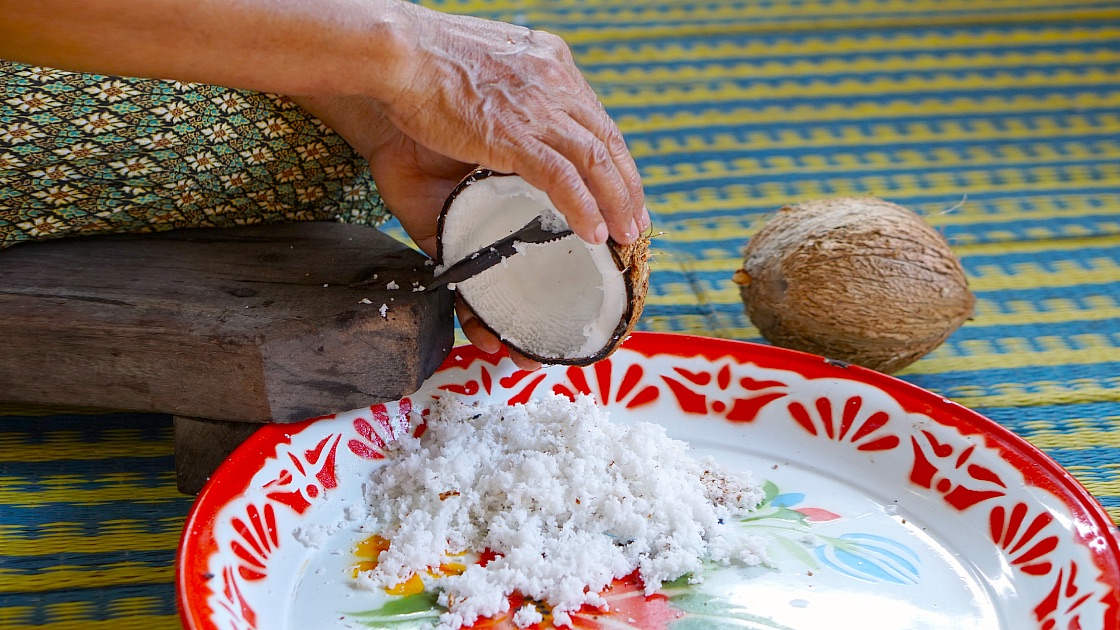
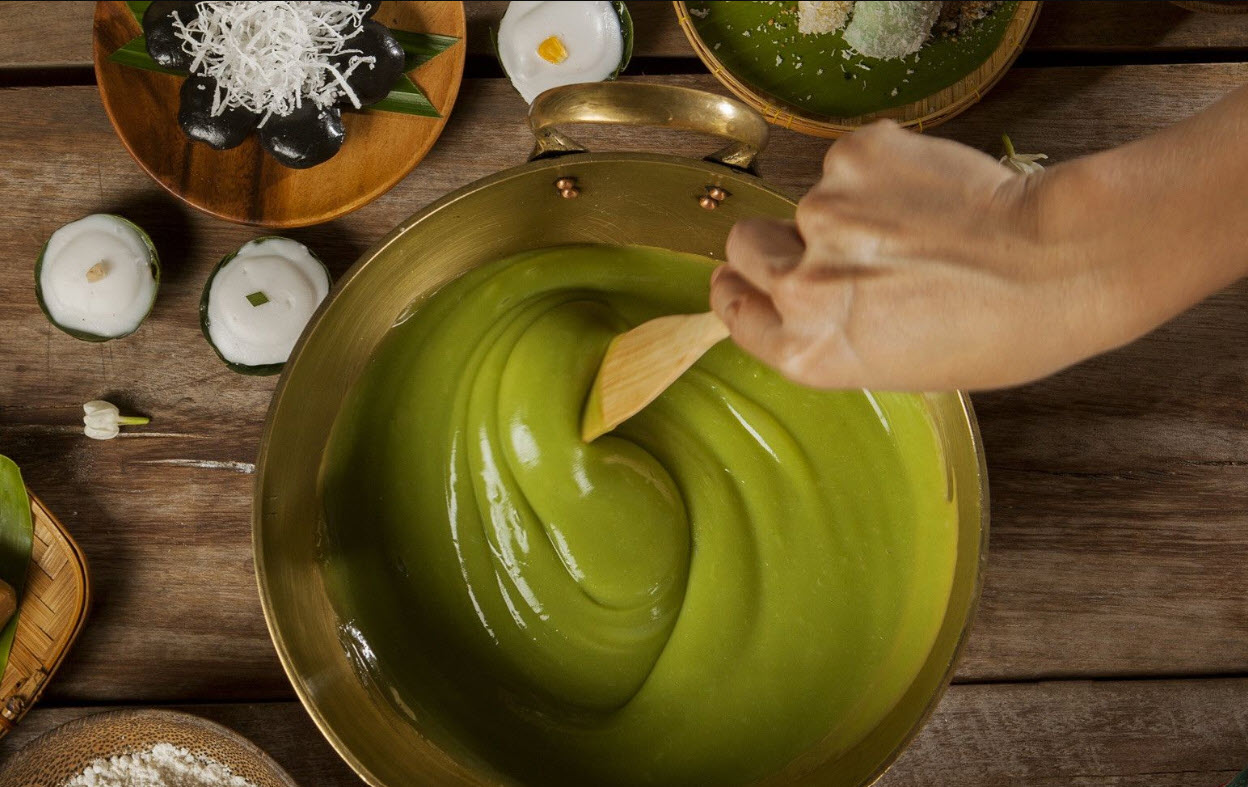
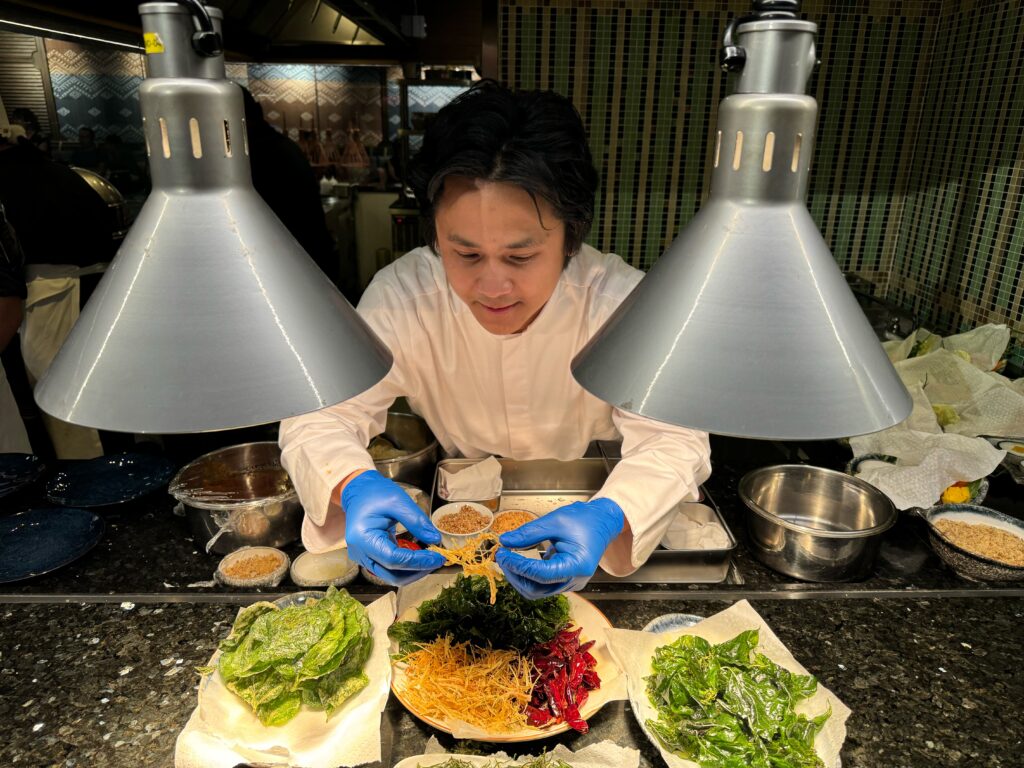
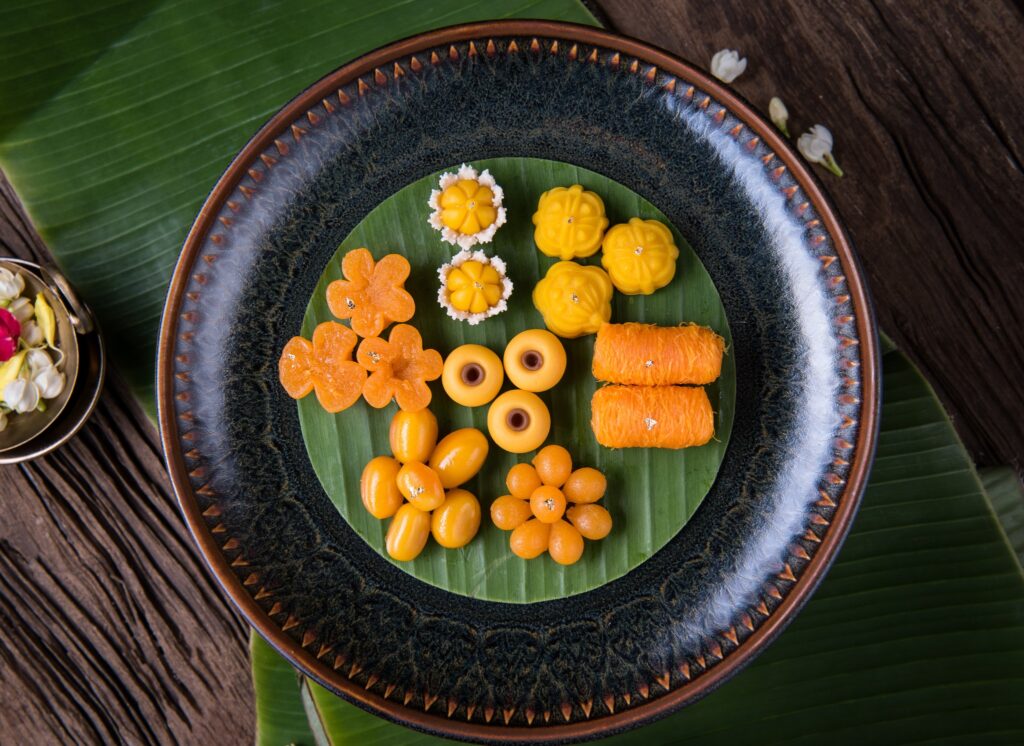
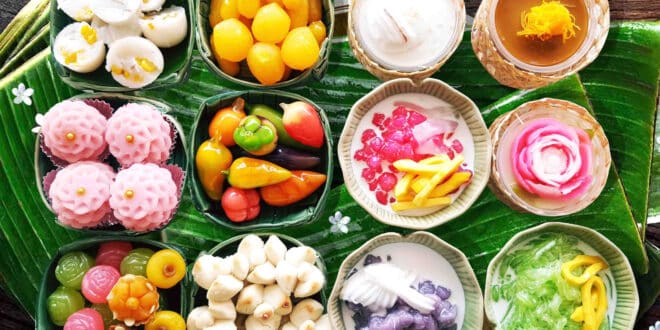
The Secrets of Thai Desserts

The Secrets of Thai Desserts: Ingredients and Techniques That Make Thai Sweets Unique Thai cuisine is renowned not only for its diverse and harmonious flavors but also for its distinctive desserts. Thai sweets are not only delightful treats but also reflect the meticulous craftsmanship and cultural diversity of Thailand. Unique Thai desserts often involve special ingredients and specific techniques that set them apart. This article explores the secrets behind Thai desserts, including the ingredients and methods that make them unique.

1. Basic Ingredients in Thai Desserts
Sticky Rice is a fundamental ingredient in many Thai desserts. Sticky rice has properties that make it chewy and soft when steamed, which is essential for desserts like mango sticky rice, red sticky rice, and sticky rice cakes. The choice of high-quality sticky rice is crucial for the best texture in desserts. Preparing sticky rice involves soaking it in water before steaming, which helps the grains expand and become tender.
Coconut Milk is a key ingredient that adds richness and fragrance to Thai desserts. Using fresh coconut milk enhances the dessert’s flavor and aroma. Coconut milk is used in various desserts such as golden threads (Thong Yip), sticky rice balls (Bua Loy), and coconut milk pudding (Tapioca Pudding).
Making fresh coconut milk involves squeezing grated coconut mixed with hot water, then straining the milk. Fresh coconut milk adds a rich and natural sweetness to desserts.
Sugar is a primary ingredient that sweetens Thai desserts. There are several types of sugar used in Thai sweets, including palm sugar, granulated sugar, and coconut sugar. Each type of sugar has unique qualities and flavors that contribute to the distinct taste of desserts.
Palm sugar has a deep, rich sweetness and is commonly used in traditional Thai desserts like golden threads (Thong Yip) and golden cups (Thong Yord). Granulated sugar is commonly used in modern desserts such as cakes and pastries, while coconut sugar, derived from palm sap, has a soft sweetness and unique aroma.
Beans add crunch and distinctive flavors to Thai desserts. Various beans, such as mung beans, red beans, and peanuts, are used in Thai sweets like bean-filled cakes (Tua Pao) and golden threads (Thong Yip). Choosing high-quality beans is essential for dessert preparation. Beans should be fresh and not overly moist. Roasting beans to enhance their aroma and crunch is also a common practice in many Thai desserts.
Coconut is another crucial ingredient in Thai desserts, used both as fresh grated coconut and coconut milk. Grated coconut is used in desserts like banana cakes (Khanom Kluai) and boiled desserts (Khanom Tom), adding richness and fragrance. Using fresh coconut in desserts enhances the flavor and aroma, while dried or desiccated coconut is used in crispier desserts like coconut rolls (Khanom Muan).

2. Unique Techniques for Thai Desserts
Steaming is a common method for making Thai desserts such as egg custard cakes (Khanom Kai Tao) and rice cakes (Khanom Kheong). Steamed desserts have a soft and moist texture. Steaming helps retain the sweetness and fragrance of the dessert. Preparing desserts for steaming requires suitable steaming equipment, such as a bamboo steamer or steaming pot. Ensuring proper air ventilation in the steamer is crucial for even cooking and achieving the best texture.
Frying is a method used for making desserts with a crispy texture, such as crispy coconut rolls (Khanom Muan) and crispy dough sticks (Khanom Chien). Frying gives desserts a crispy exterior and a tender interior, adding both sweet and savory flavors. Frying requires careful control of oil temperature. Oil that is too hot can burn the dessert, while oil that is not hot enough may result in a lack of crispiness.
Boiling is used for desserts that require a soft texture and flavor absorption, such as sticky rice balls (Bua Loy) and boiled white cakes (Khanom Tom). Boiled desserts have a tender texture and are full of flavor. Boiling desserts involves precise temperature control to ensure even cooking and to prevent the dessert from becoming mushy or undercooked.
Baking is used for desserts that require a crisp and evenly cooked texture, such as corn bread (Khanom Khao Mhok) and baked goods made from rice flour. Baking results in a crispy exterior and a soft interior. Baking requires a consistent oven temperature and proper baking times to ensure even cooking and the desired texture.

3. Special Techniques and Tips for Thai Desserts
Creating Beautiful Colors Using natural colorants in desserts enhances their visual appeal. For example, using pandan leaves can give desserts a green color, while butterfly pea flowers can provide a blue hue. These natural colors not only make desserts visually attractive but also add pleasant aromas and flavors.
Creating Patterns and Shapes Using molds and decorative techniques makes desserts visually appealing. For instance, using molds for rice balls (Bua Loy) creates attractive shapes, while decorating desserts with edible gold thread (Khanom Sod) adds a touch of elegance.
Controlling Sweetness and Saltiness Adjusting the sweetness and saltiness of desserts is crucial for achieving the desired flavor. Experimenting with sugar and salt quantities helps create desserts that meet the preferences of both the cook and the consumers.

4. Unique Thai Desserts
Desserts with Special Techniques Some Thai desserts use unique techniques, such as golden threads (Thong Yip) and sticky rice pudding (Khanom Tom). These desserts often involve detailed steps and specific techniques to create visually stunning and flavorful treats.
Desserts with Unique Flavors and Characteristics Certain Thai desserts have distinct flavors and characteristics, such as Thai crispy pancakes (Khanom Bueang) with thin, crispy edges and various fillings, or Thai crispy snacks (Khanom Krobs) with a sweet and salty combination.
Combining Unique Ingredients Using unique ingredients in Thai desserts, such as rice flour and palm sugar in rice cakes (Khanom Khaosok) or incorporating fresh coconut and sugar in golden cups (Thong Yord), results in distinctive flavors and textures.

5. Reviving and Preserving Thai Desserts Efforts to Revive Traditional Desserts There are ongoing efforts from organizations and chefs to revive traditional desserts that are at risk of disappearing. Reviving these desserts helps bring back popular treats from the past and preserves cultural heritage.
Passing Down Dessert-Making Techniques to New Generations Teaching and sharing dessert-making techniques with younger generations is essential for preserving traditional recipes. Workshops and cooking classes help pass down knowledge and skills, ensuring that traditional Thai desserts continue to be made and appreciated.
Creating Interest and Awareness in Society Organizing dessert exhibitions and festivals helps increase interest and awareness of Thai desserts and cultural traditions. These events provide opportunities for people to learn about and enjoy Thai sweets.
Thai desserts are diverse and unique, reflecting the meticulous craftsmanship and cultural richness of Thailand. Choosing high-quality ingredients and using special techniques contribute to the distinct flavors and characteristics of Thai sweets. Reviving and preserving traditional desserts are important for maintaining cultural heritage and introducing new generations to the beauty of Thai desserts.
![]() Category: Travel Articles, Recipes
Category: Travel Articles, Recipes
![]() Group: Royal Thai Desserts, Traditional Dessert, Thai Dessert Recipes
Group: Royal Thai Desserts, Traditional Dessert, Thai Dessert Recipes
![]() Last Update : 1 MonthAgo
Last Update : 1 MonthAgo


